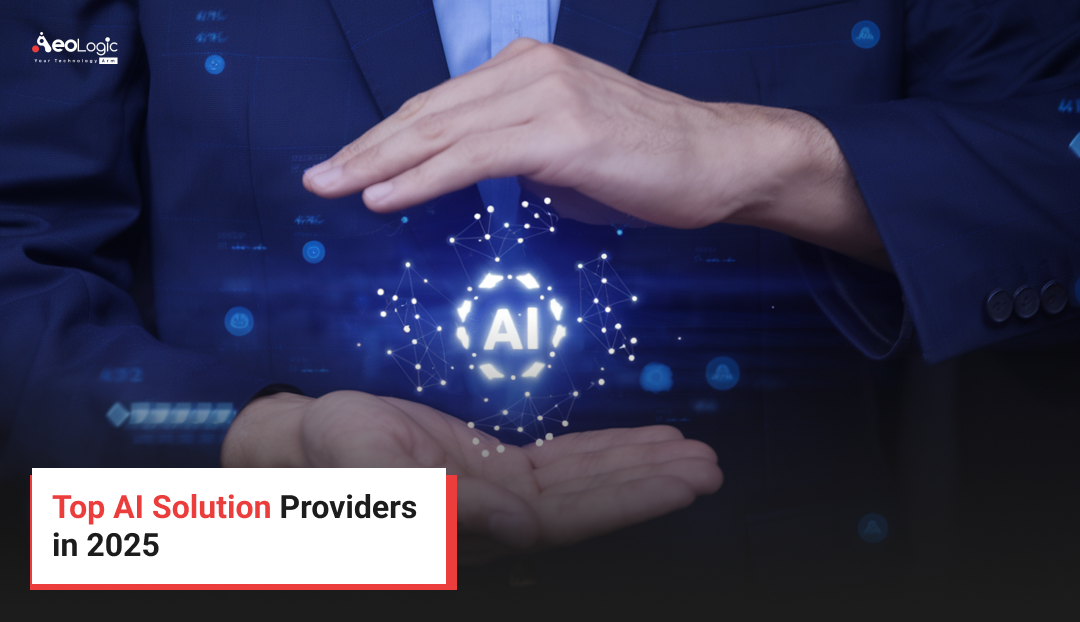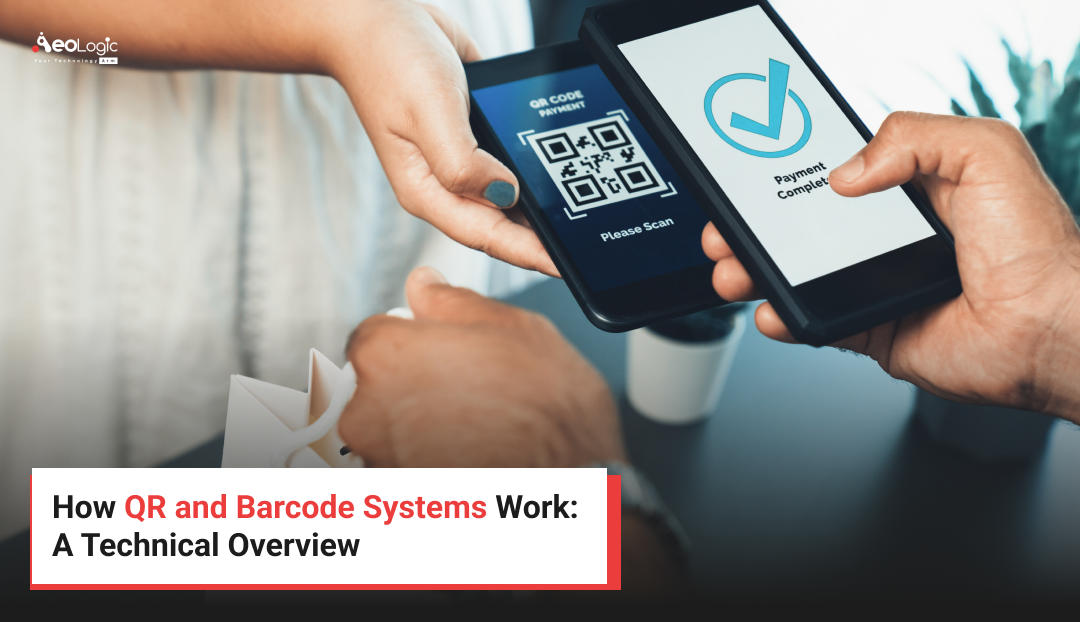The world is changing faster than ever, and businesses are adopting technology to keep up with this pace. Automation has become one of the most important technologies driving digital transformation. It simplifies operations, reduces human effort, and improves efficiency across every industry. Today, automation is not just a part of manufacturing. It is integrated into logistics, finance, healthcare, retail, and even customer service. From robotic process automation (RPA) to AI-powered bots, companies are using automation to reduce time-consuming manual tasks and increase productivity. The Top Automation Solution in 2025 offers a combination of artificial intelligence, machine learning, IoT, and analytics to create smart, connected, and responsive systems. These technologies help enterprises make faster decisions, optimize resources, and provide better experiences to customers.
Global Market Overview of Automation Solutions
The automation market is witnessing significant growth. In 2025, the global industrial automation market is expected to reach around USD 230 billion, growing at a CAGR of nearly 9.2% from 2024 to 2032. The RPA (Robotic Process Automation) market alone is projected to grow from USD 13.5 billion in 2024 to over USD 40 billion by 2030.
The rapid adoption of digital technologies, along with the demand for operational efficiency, is fueling this market growth. Businesses across the world are focusing on process optimization and cost reduction, both of which can be achieved effectively through automation.
Industries like manufacturing, logistics, banking, healthcare, and energy are leading the adoption of automation tools. Cloud-based automation platforms and AI-enabled systems are becoming more popular as they allow easy integration with existing infrastructure.
Automation is also helping organizations shift from traditional manual processes to intelligent workflows that operate 24/7 without interruption. The rising need for data accuracy, compliance, and faster decision-making will continue to boost the demand for the Top Automation Solution in the coming years.
The Role of Automation in Digital Transformation
Automation plays a vital role in digital transformation by connecting technology, processes, and people in a unified system. It allows businesses to reduce repetitive work and focus on innovation.
In digital transformation, automation improves operational efficiency, data management, and customer engagement. For example, AI-based automation in customer service enables faster responses, while RPA in finance improves accuracy in transaction processing.
In manufacturing, smart robots perform tasks with precision and consistency, while in logistics, automated tracking ensures better supply chain visibility. Healthcare organizations use automation to manage patient data, schedule appointments, and streamline reporting.
The Top Automation Solution integrates with IoT devices, AI, and data analytics to create an ecosystem where machines and humans collaborate seamlessly. It enables organizations to work smarter rather than harder.
Benefits of Using Top Automation Solution
Automation provides several key benefits that make it essential for modern businesses. Below are some of the major advantages of implementing the Top Automation Solution in 2025.
1. Increased Efficiency and Productivity
Automation performs repetitive tasks faster and with greater accuracy than humans. This reduces processing time, minimizes errors, and increases overall productivity. It also allows employees to focus on strategic work rather than manual data entry or routine operations.
2. Cost Reduction
By automating business processes, companies can significantly reduce labor costs, resource waste, and operational expenses. Once implemented, automation systems run continuously without downtime, leading to long-term savings.
3. Enhanced Accuracy and Compliance
The Top Automation Solution ensures consistency and precision in data handling. Automated systems eliminate human errors that often occur in manual operations, thus improving compliance with industry standards and regulations.
4. Real-Time Data and Insights
Automation allows real-time data monitoring and analytics. Businesses can track performance, predict outcomes, and make data-driven decisions instantly. This leads to better management and improved transparency across departments.
5. Scalability and Flexibility
Modern automation solutions are scalable and flexible, meaning businesses can easily expand or modify them according to new requirements. Cloud-based automation also enables remote monitoring and management from anywhere.
6. Improved Customer Experience
Automation helps businesses respond to customer queries faster and deliver consistent service. Chatbots, AI-based recommendation systems, and automated ticketing platforms enhance engagement and satisfaction levels.
Leading Automation Solution Providers in 2025
Several global companies are leading the automation revolution with advanced technologies and innovative solutions. Below are some of the Top Automation Solution Providers in 2025 that are shaping the future of industries worldwide.
1. UiPath
UiPath continues to be one of the leaders in robotic process automation (RPA). Its platform helps businesses automate repetitive and rule-based tasks with AI integration. In 2025, UiPath focuses on hyperautomation, which combines RPA, analytics, and AI to create smarter workflows.
2. Automation Anywhere
Automation Anywhere provides cloud-native automation solutions that are widely used in banking, healthcare, and logistics. The company’s intelligent automation platform combines RPA, AI, and process discovery for complete end-to-end automation.
3. Blue Prism
Blue Prism offers scalable and secure automation systems suitable for large enterprises. Its digital workforce allows organizations to deploy software robots for different processes. The company’s emphasis on intelligent automation and cloud integration makes it one of the Top Automation Solution providers.
4. ABB Group
ABB is a pioneer in industrial automation and robotics. Its solutions cover factory automation, process control, and robotic systems for manufacturing and energy sectors. In 2025, ABB continues to innovate with smart sensors and IoT-enabled robotic systems for greater efficiency.
5. Siemens AG
Siemens provides automation and digitalization solutions across manufacturing, utilities, and infrastructure. Its SIMATIC automation systems and MindSphere platform integrate AI and data analytics to optimize industrial performance and energy management.
6. Rockwell Automation
Rockwell Automation is known for its smart manufacturing and control systems. Its solutions combine IoT, analytics, and robotics to provide end-to-end automation. The company’s focus on digital twins and connected factories makes it one of the leading automation providers in 2025.
7. Mitsubishi Electric
Mitsubishi Electric delivers industrial automation systems, robotics, and control technologies that ensure high precision and reliability. In 2025, its solutions continue to drive innovation in automotive and manufacturing sectors.
8. Honeywell International
Honeywell remains a strong player with automation solutions that integrate AI, IoT, and data analytics. Its software and control systems improve operational safety and efficiency, especially in energy, aerospace, and building management.
9. Emerson Electric Co.
Emerson Electric is known for providing industrial automation solutions that enhance production safety and reliability. Its systems include control valves, plant optimization tools, and monitoring solutions that support energy, oil, gas, and chemical industries. In 2025, Emerson continues to expand its smart automation ecosystem by integrating AI-driven predictive maintenance and digital twin technologies.
10. Schneider Electric
Schneider Electric delivers end-to-end automation solutions focusing on sustainability and energy efficiency. Its EcoStruxure platform connects devices, software, and services through IoT and cloud-based systems. The platform offers real-time analytics and automation for buildings, data centers, and industrial environments, making it a major contributor among Top Automation Solution Providers in 2025.
11. KUKA AG
KUKA specializes in robotic automation and industrial manufacturing systems. The company’s robots are used in automotive, electronics, and logistics industries to perform tasks with precision and flexibility. In 2025, KUKA’s smart automation solutions powered by AI and machine learning are revolutionizing the way factories operate globally.
12. Fanuc Corporation
Fanuc is one of the oldest and most reliable names in the robotics and automation industry. Its advanced robotic arms and control systems are widely used in manufacturing, assembly, and packaging. The company’s focus on AI-integrated robotics and zero-downtime solutions positions it among the leading automation providers in 2025.
13. Pega Systems
Pega Systems focuses on intelligent business process automation (BPA). Its AI-based automation solutions help enterprises automate workflows, enhance customer engagement, and improve decision-making. In 2025, Pega continues to lead the digital transformation journey with low-code automation systems suitable for large enterprises.
14. ServiceNow
ServiceNow offers cloud-based automation platforms that streamline IT service management, HR processes, and customer operations. Its workflow automation tools help organizations improve productivity through AI and analytics. The company’s unified platform connects different departments to create smarter and faster business operations.
15. Oracle
Oracle provides automation tools integrated within its cloud ecosystem. Its autonomous database and AI-driven analytics platform allow organizations to automate data management, monitoring, and reporting. In 2025, Oracle continues to focus on intelligent automation for digital enterprises, ensuring security and scalability.
Cost of Implementing Automation Solutions
The cost of implementing automation varies depending on system complexity, technology type, and industry requirements. For small and medium-sized enterprises, a basic automation setup may range between USD 25,000 and USD 80,000, covering software, hardware, and integration.
For large-scale industrial systems using robotics, IoT, and AI analytics, costs may exceed USD 500,000, depending on the scope of customization. Cloud automation subscriptions and process automation software may range between USD 5,000 and USD 50,000 annually based on the number of users and functionalities.
Just like predictive analytics and RFID solutions, automation requires an initial investment but brings significant returns through improved efficiency, reduced human errors, and operational savings.
Businesses that strategically implement the Top Automation Solution can expect to see cost reductions of up to 40% in routine operations within the first year of deployment.
Future Trends in Automation Technology
Automation is continuously evolving, with several emerging trends shaping its future. In 2025, the focus is on intelligent, connected, and sustainable systems that work alongside humans to create smarter operations.
1. Hyperautomation
Hyperautomation combines multiple technologies such as RPA, AI, machine learning, and data analytics to automate complex end-to-end processes. This trend allows organizations to move beyond task-level automation and achieve process-level intelligence.
2. Artificial Intelligence and Machine Learning
AI and ML are making automation smarter by enabling predictive capabilities. These technologies analyze massive data sets to anticipate issues and optimize decisions in real time. AI-driven bots and assistants are becoming essential parts of business ecosystems across all industries.
3. Internet of Things (IoT) Integration
IoT-enabled automation connects physical assets to digital systems, allowing real-time monitoring and remote control. Smart factories, connected warehouses, and intelligent supply chains are now possible because of IoT-based automation solutions.
4. Cloud-Based Automation
Cloud platforms make automation more accessible, scalable, and cost-effective. Companies are shifting to Software-as-a-Service (SaaS) automation tools that can be managed remotely, offering better flexibility and collaboration.
5. Robotic Process Automation (RPA) Expansion
RPA continues to expand beyond traditional industries. It is now being used in finance, HR, healthcare, and logistics for repetitive data-driven tasks. The integration of RPA with AI and analytics will further improve performance accuracy and adaptability.
6. Low-Code and No-Code Automation Platforms
Low-code automation platforms enable businesses to design workflows without extensive programming knowledge. These platforms are gaining popularity as they help organizations deploy automation faster with minimal technical barriers.
7. Sustainable and Green Automation
Sustainability is a key priority for industries today. Automation systems are being developed to reduce energy consumption and resource waste. Eco-friendly robots and energy-optimized control systems are setting the tone for sustainable industrial growth.
8. Human-Robot Collaboration
Collaborative robots (cobots) are becoming essential for industries that need flexibility and precision. They work alongside humans to perform tasks safely and efficiently, blending the best of both human intelligence and robotic precision.
Conclusion
Automation is reshaping the global business environment. It enhances accuracy, reduces costs, and drives digital transformation across all sectors. From manufacturing plants to corporate offices, the Top Automation Solution has become a core technology for achieving operational excellence.
Companies that invest in automation are not only improving efficiency but also preparing for a future driven by intelligent systems. The evolution of AI, IoT, and robotics continues to redefine how businesses operate, making automation a foundation for innovation and competitiveness.
As 2025 unfolds, industries that embrace automation will experience greater productivity, sustainability, and customer satisfaction. The future belongs to organizations that adopt the Top Automation Solution and leverage its full potential to stay ahead in the digital race.
FAQs
1. What is an automation solution?
An automation solution is a system that uses technology to perform tasks without human intervention. It combines software, hardware, and AI to improve efficiency and reduce errors.
2. Which industries use automation the most?
Automation is widely used in manufacturing, healthcare, logistics, banking, and retail. These industries rely on automation for production, process management, and customer support.
3. What are the benefits of using the Top Automation Solution?
It increases accuracy, saves time, reduces operational costs, and enhances productivity. It also improves decision-making by providing real-time data and analytics.
4. How much does it cost to implement automation?
The cost depends on system size and features. Small-scale setups may start from USD 25,000, while advanced industrial automation systems can exceed USD 500,000.
5. What are the future trends in automation for 2025 and beyond?
Trends include hyperautomation, AI-driven systems, IoT connectivity, sustainable automation, and collaborative robots that work with humans.

Passionate about breaking down complex tech into simple ideas. Covers everything from AI and software development to gadgets and emerging tech trends.






